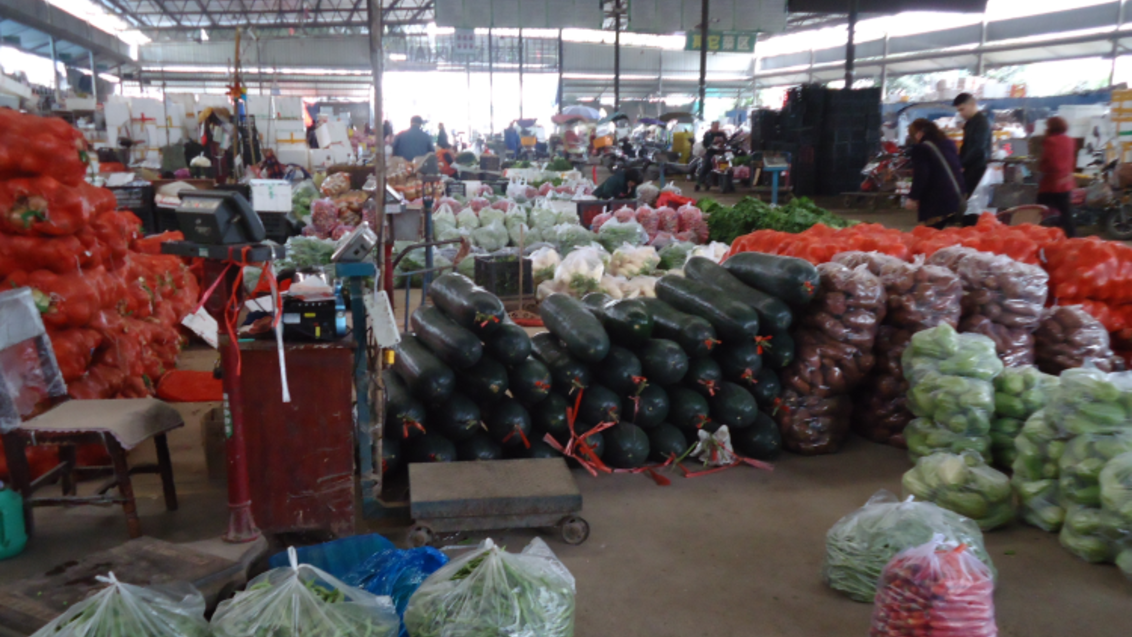Big goals require public and private science

Reorienting Agricultural Research & Development in China
By Shenggen Fan*
Agriculture and food systems transformation requires innovation, driven by the needs of farmers, consumers and the environment. Research plays a vital role in the process.
There is good evidence that the return on investment from public R&D tends to be higher than from other interventions such as input subsidies or output price support. Nonetheless, public spending on agriculture and food R&D is stagnating or even decreasing in many countries. Around the world, there are major gaps in research capacity.
Many low-income countries are highly vulnerable to volatile research funding. They often lack the human and infrastructure resources to successfully develop, implement and disseminate agriculture technology innovations. Governments need to significantly increase their R&D spending, to at least one percent of their national agri-GDP. They should support the entire food system to ensure that 1) farmers have access to the necessary knowledge, tools and technologies, 2) consumers have access to nutritious food and 3) production is resilient in the face of climate change and protects natural resources.
In China, long-term government commitment to agricultural R&D and a supportive policy and regulatory framework have greatly boosted agricultural productivity and economic growth. China has the world’s highest level of public R&D funding and the most R&D personnel. Improvement is possible, however. A recent study by China Agricultural University and the Syngenta Foundation aimed to understand better the necessary future direction of agricultural innovation. The study analyzed in detail the past and current focus of China’s public agriculture and food R&D. It also examined trends in public and private research spending.
Four major issues emerged:
1. The ratio of China’s agricultural R&D expenditure to agricultural GDP increased from 0.14% in 2002 to 0.46% in 2018. However, this is still far behind the global average of 1% and the 2% in developed countries.
2. China’s R&D system is almost entirely driven by public institutes; there are only very limited private sector initiatives. There is an urgent need to stimulate private sector-driven R&D investment and innovation.
3. Current R&D is geared towards increased food production and enhanced yields. It pays relatively little attention to long-term environmental sustainability or to nutritional aspects.
4. China’s R&D investments focus largely on three staple grains (rice, corn, and wheat) and livestock. There is a need for greater investment in a broader range of nutritious produce, such as non-staple grains, fruits and vegetables.
Repurposing Chinese public support for agriculture offers a significant opportunity. It could revitalize research systems and enable benefits to flow from private-sector engagement. R&D should be directed to the new trends in agri-food science and technology. Instead of focusing public support solely on increased production, expenditure should gradually increase to address China’s four development goals: higher yields and efficiency, nutrition and health, environmental sustainability, and climate adaptation.
Public investments should target soil health and 'green' agricultural development, while also redirecting R&D spending to climate change mitigation practices and technologies. In addition, the government should build capacity for deploying climate technologies and incentivize farmers to adopt more sustainable agricultural practices.
The current core objective of Chinese food security policy is a reliable supply of major staple crops and livestock products. However, people have recently begun to over-consume these foods. R&D spending should target not only staple cereals, but also more nutritious non-staple grains, as well as fruits and vegetables. The aim should be to improve their production and reduce prices.
While ensuring government investment in agri-food R&D, China should also introduce a more diversified strategy in this area and encourage greater private investment. The country can strengthen its innovation system through incentives for private sector involvement, and by enabling technology transfer through PPPs. Financial support and tax incentives would particularly help agri-tech startups. The private sector, in turn, can help farmers access new technologies faster.
*Shenggen Fan, the former Director-General of IFPRI, is a Chair Professor at China Agricultural University in Beijing. He is also a member of our Board.
